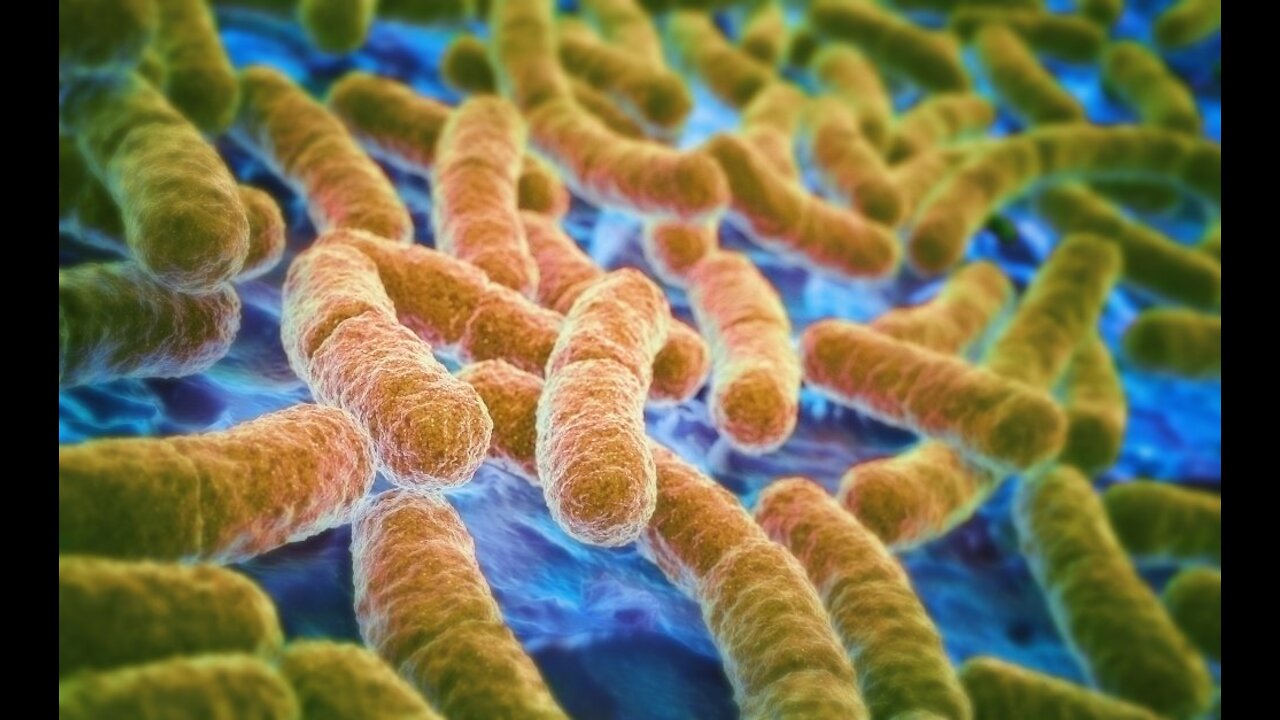Premium Only Content

The Incredibly Dangerous Power of Bacteria to Resist Antibiotics
Antibiotic resistance occurs when bacteria change in some way that reduces or eliminates the effectiveness of drugs, chemicals, or other agents designed to cure or prevent infections. The bacteria survive and continue to multiply causing more harm. Bacteria can do this through several mechanisms. Antibiotic use promotes development of antibiotic-resistant bacteria. Every time a person takes antibiotics, sensitive bacteria are killed, but resistant germs may be left to grow and multiply. Repeated and improper uses of antibiotics are primary causes of the increase in drug-resistant bacteria.
While antibiotics should be used to treat bacterial infections, they are not effective against viral infections like the common cold, most sore throats, and the flu. Widespread use of antibiotics promotes the spread of antibiotic resistance. Smart use of antibiotics is the key to controlling the spread of resistance.
How do bacteria become resistant to antibiotics?
Antibiotic resistance occurs when bacteria change in some way that reduces or eliminates the effectiveness of drugs, chemicals, or other agents designed to cure or prevent infections. The bacteria survive and continue to multiply causing more harm. Bacteria can do this through several mechanisms. Some bacteria develop the ability to neutralize the antibiotic before it can do harm, others can rapidly pump the antibiotic out, and still others can change the antibiotic attack site so it cannot affect the function of the bacteria.
Antibiotics kill or inhibit the growth of susceptible bacteria. Sometimes one of the bacteria survives because it has the ability to neutralize or escape the effect of the antibiotic; that one bacterium can then multiply and replace all the bacteria that were killed off. Exposure to antibiotics therefore provides selective pressure, which makes the surviving bacteria more likely to be resistant. In addition, bacteria that were at one time susceptible to an antibiotic can acquire resistance through mutation of their genetic material or by acquiring pieces of DNA that code for the resistance properties from other bacteria. The DNA that codes for resistance can be grouped in a single easily transferable package. This means that bacteria can become resistant to many antimicrobial agents because of the transfer of one piece of DNA.
biology
#medicine
#evolution
-
 0:32
0:32
Buzzvideos - EN
4 years agoTeenager attempts incredibly dangerous parkour jump!
33 -
 0:40
0:40
Buzzvideos - EN
4 years agoTruck driver performs incredibly dangerous maneuver
81 -
![Elite Dangerous: My Adventures - Data Claims - Super Power Reputation - Cartographics - [00026]](https://1a-1791.com/video/s8/1/1/t/d/v/1tdvb.0kob-small-Elite-Dangerous-Data-Claims.jpg) 6:30
6:30
Elite Dangerous: My Adventures
3 years ago $0.02 earnedElite Dangerous: My Adventures - Data Claims - Super Power Reputation - Cartographics - [00026]
60 -
 8:09:50
8:09:50
Dr Disrespect
22 hours ago🔴LIVE - DR DISRESPECT - MARVEL RIVALS - GOLD VANGUARD
215K35 -
 1:15:00
1:15:00
Awaken With JP
21 hours agoMerry Christmas NOT Happy Holidays! Special - LIES Ep 71
288K225 -
 1:42:21
1:42:21
The Quartering
22 hours agoTrump To INVADE Mexico, Take Back Panama Canal Too! NYC Human Torch & Matt Gaetz Report Drops!
209K119 -
 2:23:15
2:23:15
Nerdrotic
22 hours ago $16.57 earnedA Very Merry Christmas | FNT Square Up - Nerdrotic Nooner 453
153K16 -
 1:14:05
1:14:05
Tucker Carlson
22 hours ago“I’ll Win With or Without You,” Teamsters Union President Reveals Kamala Harris’s Famous Last Words
261K396 -
 1:58:31
1:58:31
The Dilley Show
22 hours ago $38.92 earnedTrump Conquering Western Hemisphere? w/Author Brenden Dilley 12/23/2024
188K52 -
 1:09:59
1:09:59
Geeks + Gamers
23 hours agoSonic 3 DESTROYS Mufasa And Disney, Naughty Dog Actress SLAMS Gamers Over Intergalactic
129K21